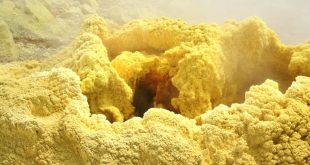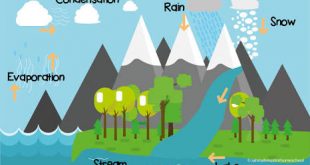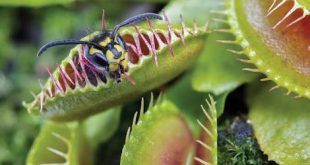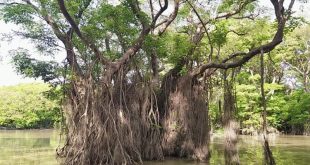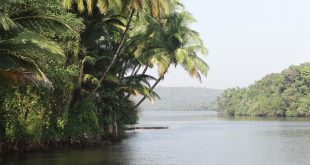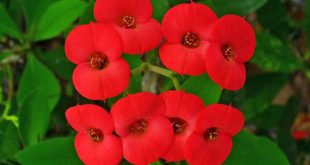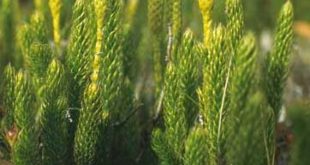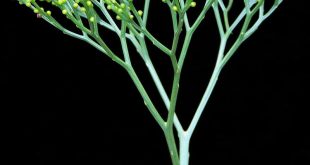The sulfur cycle is the collection of processes by which sulfur moves between rocks, waterways and living systems. Such biogeochemical cycles are important in geology because they affect many minerals. Biochemical cycles are also important for life because sulfur is an essential element, being a constituent of many proteins and cofactors, and sulfur compounds can be used as oxidants or reductants in …
Read More »Biogeochemical Cycle ( Part- 2)
[Click here to read ‘Bichemical Cycle (part- 1 )’ ] Threats to the Carbon Cycle Decline in forest growth. Killing of ocean phytoplankton due to rising sea temperatures. Death of forests due to spread of disease and insects. Melting permafrost layer (In geology, permafrost or permafrost soil is soil at or …
Read More »Biogeochemical Cycles (part- 1)
Definition A biogeochemical cycle or nutrient cycle is a pathway by which a chemical element or molecule moves through both biotic (biosphere) and abiotic ( lithosphere, atmosphere, and hydrosphere ) compartments of Earth. ★Nutrient cycle involves 2 general phases- The environmental phase – in which the chemical nutrient is present in …
Read More »Adaptation Of Plants
Do you ever notice any cacti in a normal field or pond? Or ever seen any Mango, Jackfruit, or other fruiting trees in the seashore? It’s not to happen. And here comes the fact of adaptation of plants in different habitats. Adaptations are special features that allow a plant or …
Read More »Halophytes: Adaptation in Saline Environment
Plants that survive in the saline condition are known as halophytes. Since halophytes can not easily absorb water, they develop almost all important xerophytic devices for optimum use of water. Habit Majority of halophytes in the tropical and subtropical regions are shrubs (dome-shaped), but a few of them are herbaceous …
Read More »Ecosystem components, Biome & Food Chain
Definition An ecosystem is a structural and functional unit of the nature where there functional unit of the nature is interactions between living organisms and nonliving components and that living components determine the flow of energy and nutrients.e.g. pond ecosystem, forest ecosystem etc. Ecosystem performs 2 major functions : flow …
Read More »The Fun in Biology: Learning through Memes
Ever wondered how your body deals with the harmful pathogens inside you? Yes? No? No matter what your answer is, if you are a student of science you should already know a little bit about this topic because you were forced to learn about it for your exams. Was it …
Read More »Euphorbiaceae: The Spurge Family
Euphorbiaceae family is very diversified with mostly monoecious herbs, shrubs, and trees and even sometimes succulent and cactus-like members. It is named from one of its member genus ‘Euphorbia‘. This family has about 300 genus and 7500 species all over the world but more often found in warm and temperate …
Read More »Lycopodium: The Creeping Pines
Systematic Position Division: Lycophyta / Lepidophyta Class: Eligulopsida Order: Lycopodiales Family: Lycopodiaceae Genus: Lycopodium Also known as club mosses, Lycopods, creeping pines or tailing pines. Ligule: A membranous outgrowth projecting from the leaf sheath. On the basis of ligule, Lycophyta has 2 classes: Eligulopsida: Lycopodium phylloglossum Liqulopsida – Isoetales, Selaginellales …
Read More »Psilotum: The Whisk Fern
Psilotum is commonly known as Whisk-fern. Salient features of Pilotum The sporophytes are dichotomously branched with an underground rhizome and upright branches. The upright branches are leafless. Rhizoids are present instead of root. Stem has a relatively simple vascular cylinder. The sporangia are born in groups (trilocular) and form synangia. …
Read More » Plantlet The Blogging Platform of Department of Botany, University of Dhaka
Plantlet The Blogging Platform of Department of Botany, University of Dhaka
